Statewide Sustainability Initiative to Launch Nov. 28 As Municipalities Take the Lead
/With momentum to accelerate sustainability practices in Connecticut, local and regional representatives from Connecticut’s 169 towns and cities, along with key agencies and businesses, have spent the past year developing Sustainable CT. The new statewide initiative will be formally launched at the end of this month with expectations of influencing sustainability practices across the state. Meeting for much of the past year, an Advisory Committee, consisting of state and municipal leaders , developed the initiative and adopted the overarching concept, “Sustainable CT communities strive to be thriving, resilient, collaborative and forward-looking. They build community and local economy. They equitably promote the health and well-being of current and future residents. And they respect the finite capacity of the natural environment.”
Created by towns and for towns, Sustainable CT aims to be a voluntary certification program to recognize Connecticut municipalities for making their communities more vibrant, resilient and livable. It includes approximately 55 best practices along with opportunities for grant funding. Towns may choose which actions they will implement to achieve differing certification levels. The program is designed to support all Connecticut municipalities, regardless of size, geography or resources.
Organizers say that sustainability actions, policies, and investments deliver multiple benefits and help towns make efficient use of scarce resources and engage a wide cross section of residents and businesses. The official launch of Sustainable CT will occur at the Annual Convention of the Connecticut Conference of Municipalities on November 28.
“Sustainable CT will foster creative thinking and problem solving within and between municipalities. It will be the tool communities can use to bring together seemingly divergent stakeholders for the common goal of sustainability,” said Laura Francis, First Selectwoman, Durham, and Vice-Chair of the Advisory Group.
Officials indicate that all of Connecticut’s 169 towns and cities have been represented in Sustainable CT’s development in some way, either by directly by a municipal official or staff person, by a highly engaged local volunteer, or by a regional entity charged with representing member municipalities.
The Sustainable CT framework includes:
- Sustainable CT is a roadmap of voluntary actions that will help municipalities be more sustainable.
- Resources and support, including funding, help local communities apply the actions that fit them best.
- The Sustainable CT Certification publicly recognizes municipalities for their sustainability achievements.
- Sustainable CT is flexible. Any Connecticut municipality can find ways to become more sustainable – urban or rural, big or small, coastal or inland.
Municipal leaders and residents from across the state, the Connecticut Economic Resource Center (CERC), Connecticut Conference of Municipalities (CCM) and others from key agencies, non-profits and businesses all partnered to help create the program. Burlington First Selectman Ted Shafer chaired the effort. A CCM Task Force on Sustainability, which included 15 mayors, first selectmen, and municipal officials, assisted the Advisory Committee.
CERC’s Courtney Hendricson, Vice President of Municipal Services, served on the Local Economies Working Group, chaired by Patrick Carleton, Deputy Director of the Metropolitan Council of Governments, and Thomas Madden, Director of Economic Development in Stamford. The working group helped to define actions municipalities can take to create or enhance economic development that fosters energy-efficient and clean-powered commercial and industrial buildings, supports local products and businesses, increases local jobs and revenues and promotes environmental and community well-being.
The Institute for Sustainable Energy at Eastern Connecticut State University coordinated the initiative. Support was provided by a funding collaborative composed of the Emily Hall Tremaine Foundation (EHTF), Hampshire Foundation and Common Sense Fund. Advisory Board members included, in addition to Shafer and Francis, Carl Amento, David Fink, Bryan Garcia, Emily Gordon, Donna Hamzy, Scott Jackson, John Kibbee, Rob Klee, Kurt Miller, Kristina Newman-Scott, Christine Schilke and Christina Smith.




 Memo of Understanding to get have 150,000 EVs on Connecticut roads by 2025.
Memo of Understanding to get have 150,000 EVs on Connecticut roads by 2025.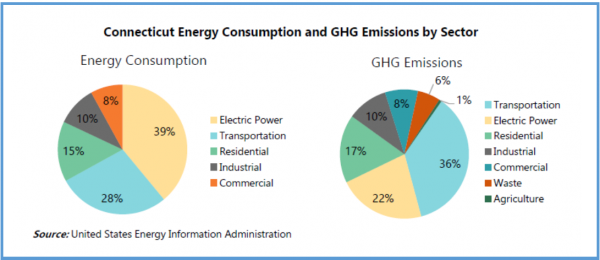

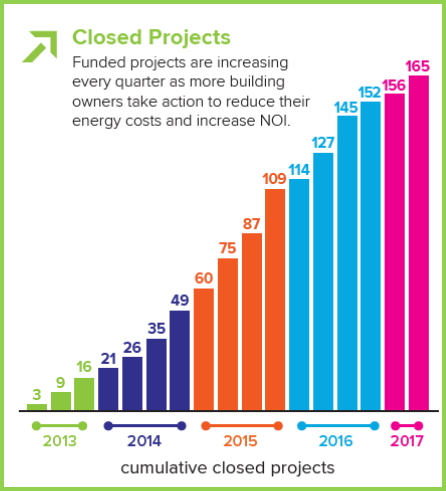 boilers, energy efficiency lighting measures, HVAC systems, and other energy improvements that help building owners to take control of their energy costs.
boilers, energy efficiency lighting measures, HVAC systems, and other energy improvements that help building owners to take control of their energy costs.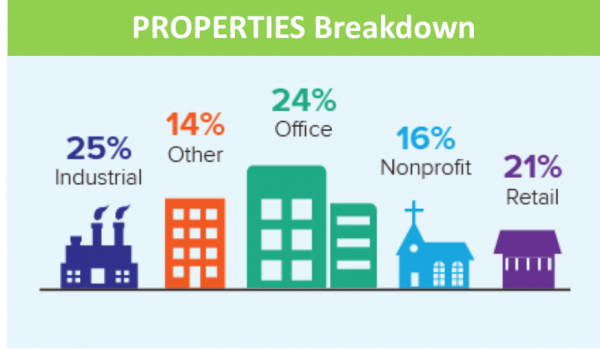 without the support of our contractors, capital providers, municipal officials, and other stakeholders who have contributed to the C-PACE movement,” said Mackey Dykes, Vice President of Commercial, Industrial and Institutional programs at the Connecticut Green Bank. “There is still significant potential for energy improvements for Connecticut businesses and non-profits, and we look forward to bringing cleaner and cheaper energy to more building owners across the state.”
without the support of our contractors, capital providers, municipal officials, and other stakeholders who have contributed to the C-PACE movement,” said Mackey Dykes, Vice President of Commercial, Industrial and Institutional programs at the Connecticut Green Bank. “There is still significant potential for energy improvements for Connecticut businesses and non-profits, and we look forward to bringing cleaner and cheaper energy to more building owners across the state.” make the financing of clean energy deployment more accessible and affordable for consumers and businesses. In 2011 the state legislature created the Connecticut Green Bank, the nation’s first green bank. It uses public funds to attract private capital investment in green energy projects. By leveraging private investment, the Green Bank significantly increases the total amount of financing available for clean energy projects.
make the financing of clean energy deployment more accessible and affordable for consumers and businesses. In 2011 the state legislature created the Connecticut Green Bank, the nation’s first green bank. It uses public funds to attract private capital investment in green energy projects. By leveraging private investment, the Green Bank significantly increases the total amount of financing available for clean energy projects.

 Studies show that there is no unmet demand for natural gas in Connecticut, opponents of the planned pipeline said, stressing that gas pipelines are routinely only half full now and electricity demand in New England has remained virtually flat over more than 10 years. Proponents have
Studies show that there is no unmet demand for natural gas in Connecticut, opponents of the planned pipeline said, stressing that gas pipelines are routinely only half full now and electricity demand in New England has remained virtually flat over more than 10 years. Proponents have 
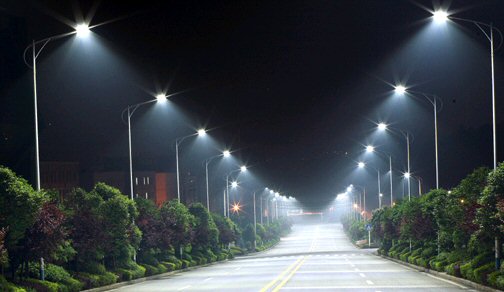
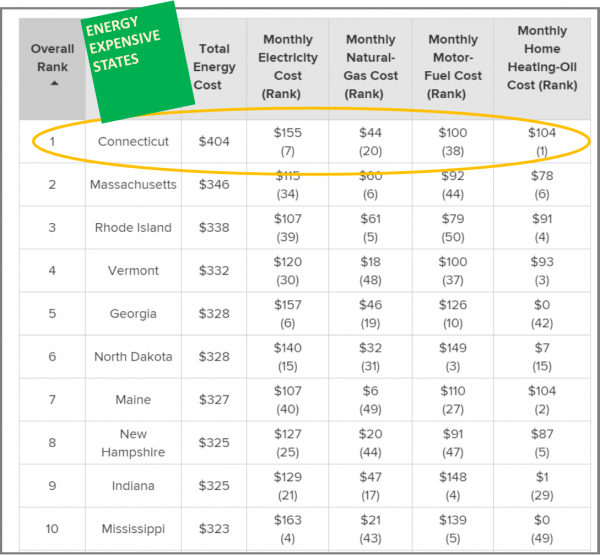
 necticut ranked as the most energy expensive state mainly due to its high retail prices for energy,” analyst Jill Gonzalez told CT by the Numbers. “The state has the third highest retail price for electricity and heating oil at $0.20 per kWh and almost $4 per gallon, respectively. Natural gas isn't cheap either, ranking 14th highest, at $14 per thousand cubic feet. These prices paired with high heating consumption in the winter months put Connecticut on top of these rankings."
necticut ranked as the most energy expensive state mainly due to its high retail prices for energy,” analyst Jill Gonzalez told CT by the Numbers. “The state has the third highest retail price for electricity and heating oil at $0.20 per kWh and almost $4 per gallon, respectively. Natural gas isn't cheap either, ranking 14th highest, at $14 per thousand cubic feet. These prices paired with high heating consumption in the winter months put Connecticut on top of these rankings."
 In addition to its impact on drivers, the AMA notes that blue-rich LED streetlights operate at a wavelength that most adversely suppresses melatonin during night. It is estimated that white LED lamps have five times greater impact on circadian sleep rhythms than conventional street lamps, the AMA indicated. Recent large surveys, according to the AMA, found that brighter residential nighttime lighting is associated with reduced sleep times, dissatisfaction with sleep quality, excessive sleepiness, impaired daytime functioning and obesity.
In addition to its impact on drivers, the AMA notes that blue-rich LED streetlights operate at a wavelength that most adversely suppresses melatonin during night. It is estimated that white LED lamps have five times greater impact on circadian sleep rhythms than conventional street lamps, the AMA indicated. Recent large surveys, according to the AMA, found that brighter residential nighttime lighting is associated with reduced sleep times, dissatisfaction with sleep quality, excessive sleepiness, impaired daytime functioning and obesity.
 The Conversation website is a collaboration between editors and academics to provide "informed news analysis and commentary that’s free to read and republish." It
The Conversation website is a collaboration between editors and academics to provide "informed news analysis and commentary that’s free to read and republish." It  PHOTO: Traditional street lighting (left) vs. LED lighting (right).
PHOTO: Traditional street lighting (left) vs. LED lighting (right).




 Also making the list were Evariant of Farmington, a software developer, at number 272, and HP One, a software company in Trumbull at number 307. Biopharmaceutical company Alexion, in the midst of moving its headquarters from Cheshire to New Haven, was ranked at number 349, and etouches, a Norwalk software company ranked at number 357. Rounding out the Connecticut companies on the list is Wallingford oil extraction technology company APS Tecnhology, at number 466.
Also making the list were Evariant of Farmington, a software developer, at number 272, and HP One, a software company in Trumbull at number 307. Biopharmaceutical company Alexion, in the midst of moving its headquarters from Cheshire to New Haven, was ranked at number 349, and etouches, a Norwalk software company ranked at number 357. Rounding out the Connecticut companies on the list is Wallingford oil extraction technology company APS Tecnhology, at number 466. rough technology’s continued disruption and proliferation across industries,” said Sandra Shirai, principal, Deloitte Consulting LLP and US technology, media, and telecommunications leader.
rough technology’s continued disruption and proliferation across industries,” said Sandra Shirai, principal, Deloitte Consulting LLP and US technology, media, and telecommunications leader. Overall, 283 of the 500 companies were in the software sector, and 67 percent of the 500 companies have received venture capital funding at some point in their company’s history. Topping the list was StartApp, with a growth rate of 21,984 percent from 2011 to 2014. Based in New York and founded in 2010, StartApp provides a free monetization and distribution platform that integrates with applications on mobile devices.
Overall, 283 of the 500 companies were in the software sector, and 67 percent of the 500 companies have received venture capital funding at some point in their company’s history. Topping the list was StartApp, with a growth rate of 21,984 percent from 2011 to 2014. Based in New York and founded in 2010, StartApp provides a free monetization and distribution platform that integrates with applications on mobile devices.


























